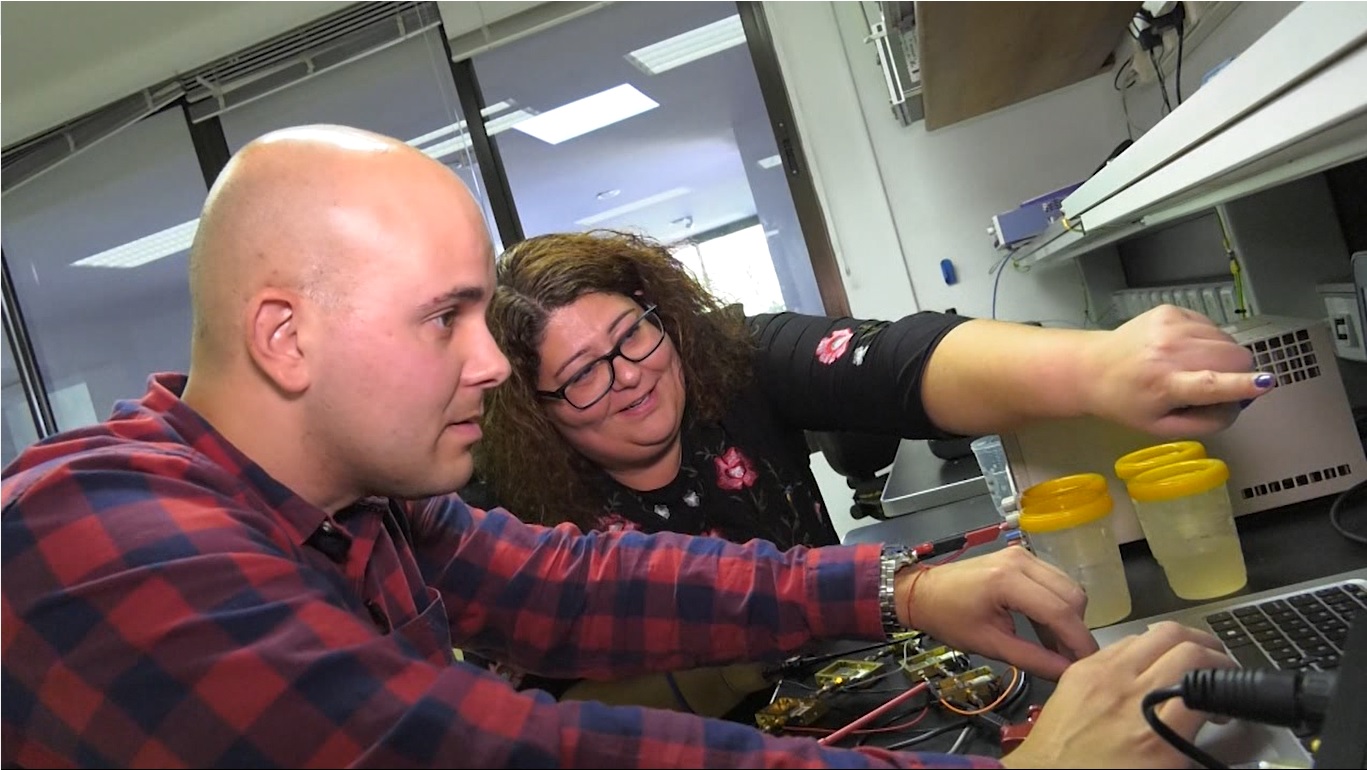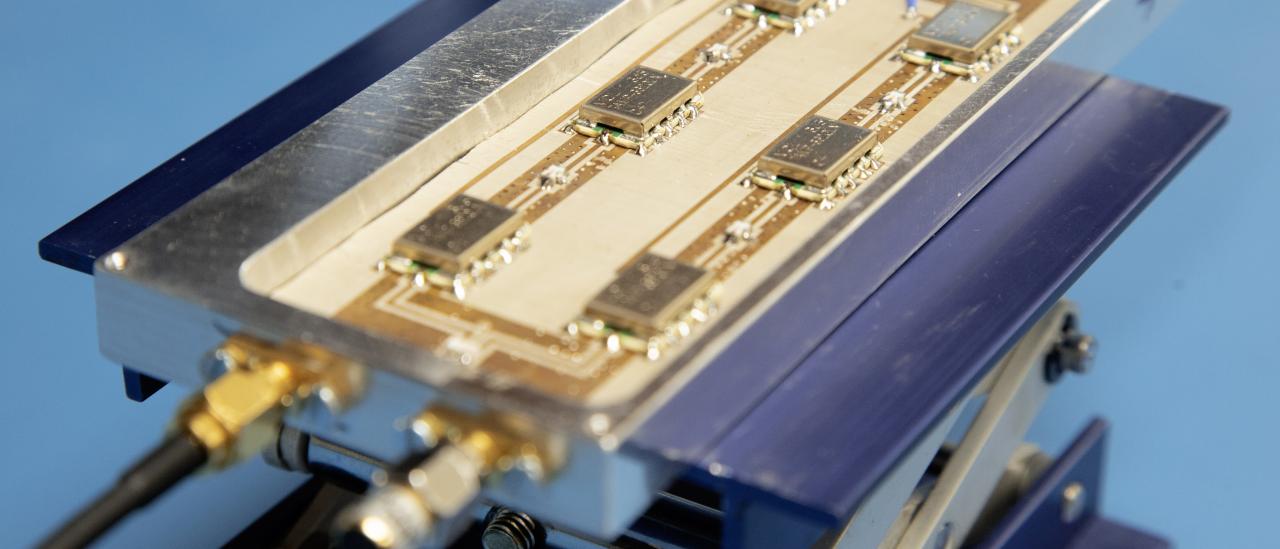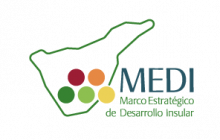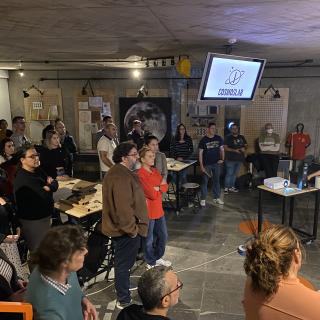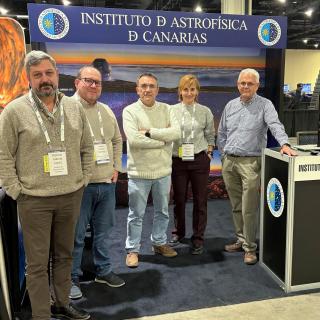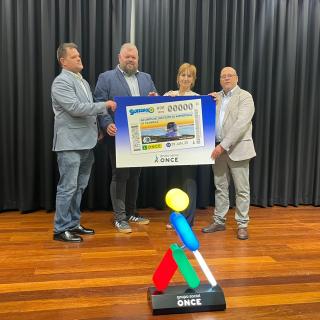The first tests of a concept using microwave radiometry have yielded promising results for the measurement of subcutaneous temperatures in biological tissues. The prototype has been developed in the programme of Medical Technology within IACTEC, the area of technological and business collaboration of the Instituto de Astrofísica de Canarias (IAC) with economic support (Training Programme) and infrastructure (the IACTEC building) from the Cabildo of Tenerife.
Radiometric techniques have permitted the analysis, design, and development of a microwave system, centred at a frequency of 3.5 GHz, which can pick up natural radiation from hot spots inside biological tissues, situated a few centimetres deep. The first concept proofs for the validation of this radiometric system have been carried out, giving very promising results. The project is in the framework of the IACTEC-Medical Technology programme, and has allowed collaboration with other research groups, such as the Signal and Communications Theory Group at the University of Oviedo, and the Department of Biomedical Engineering of the Instituto Tecnológico de Canarias (ITC).
“We have designed a highly sensitive radiometer, because the power radiated by biological tissues is extremely weak. In addition, in order to perform the experimental characterization within the legal regulations related to clinical trials, the Medical Technology programme has opened up a new line of research based on the design and production of materials which copy the dielectric characteristics of biological tissues, called “phantoms”, which allow us to make an experimental characterization of the radiometer”, explains Enrique Villa, electronic engineer at IACTEC-Tecnología Médica.
The development of this technology will, once it has been validated as a system of multifrequency and multispectral applications, give the medical community a tool for monitoring and diagnostics, to evaluate subcutaneous (between some 2 and 4 centimetres deep) patterns of anomalous internal temperature in a region of interes. This apparatus would be an advance in clinical systems, for example in the early detection of neuropathy in the foot of a diabetic, particularly relevant for the Canaries. In addition, this technology gives the advantage of detecting pathologies at an early stage, compared to other options already available on the market in which anomalies are detected and analyzed at surface level when the damage is severe, and sometimes irreversible.
“The application of microwaves has been a challenge and also a stimulus for the team of Tecnología Médica, whose mission is to transfer astrophysical technology to the field of medicine, owing to the positive and immediate impact that this could have on society. These results have been achieve thanks to the support of the Cabildo Insular of Tenerife, within the Training Programme TFINNOVA 2016-2021, within the Strategic Framework of Island Development (MEDI for its Spanish initials) and the Canary Development Fund” explains Sara González, the manager of IACTEC-Tecnología Médica.

